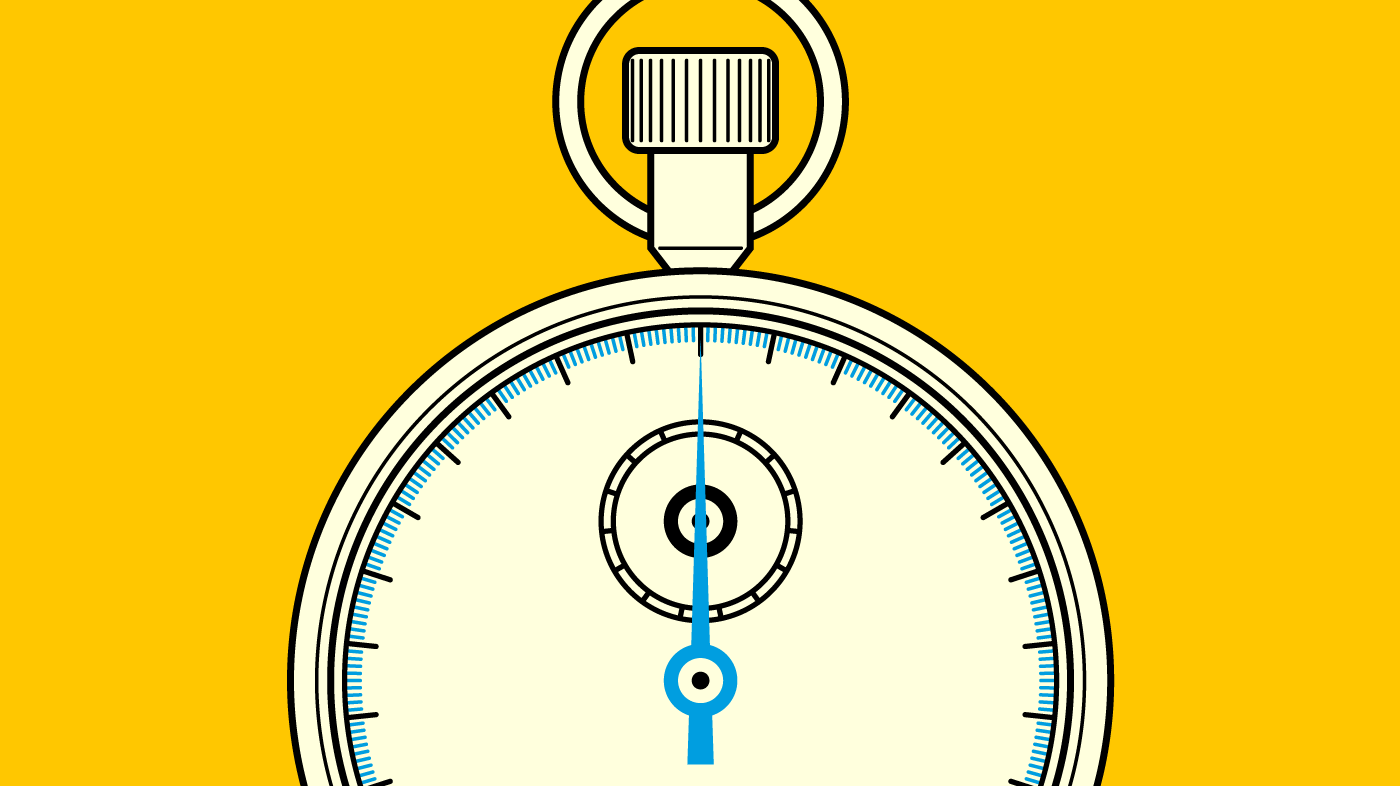Like most graphic designers, I earn a living by selling my time. The time I spend (or anticipate spending) actually working on a project (what I call ‘studio time’) dictates how much I charge. Well, that’s the theory, anyway. Time is an important component in the development of an effective design.
We’ve all come across products and designs that might have benefitted from more time having been spent on their development. There’s the bug-ridden software, for example, the car with poor ergonomics, the logo that provokes derision across social media.
It’s easy to assume that the longer you spend on something, the more you thrash it out, the better the result will be. There’s some truth in that, but it’s not the whole story. We’ve all sat in front of a blank screen or sheet of paper. We’ve all scratched our heads and waited for that moment of inspiration to come or the solution to a problem to appear. Was that time productively well-spent? Could we justify charging for that time?
Beneficial processes that happen over time
When we’re asleep, our minds carry on processing thoughts even though we’re not actively thinking. The brain is making use of our mental down-time to do some essential ‘maintenance’. A similar thing happens when we’re not actively working on a project.
We all seek inspiration for our work, and often it strikes when least expected. It’s at these times the ‘eureka moments’ happen, not when staring intently at a blank screen or notebook.
We’re familiar with the concepts of marination, infusion and maturation in the world of food and drink. The passage of time can enhance flavours and other properties. That leftover chilli-con-carne somehow tastes better after being in the fridge for a few days than it did originally.
It’s all about the passage of time and the processes that go on during that time. These are processes we don’t entirely control, and they can move things onto a completely different level.
How does this apply to our work?
It’s clear that deliberately leaving some ‘fallow’ space between periods of activity on a project can be beneficial. Thoughts can percolate and ideas can hatch unbidden. The best ideas often come from areas unrelated to the task in hand.
The problem is that, in our time-pressed modern world, we have come to expect everything now-now-now. The personal computing power we now have gives us instant reactivity in so many areas of our lives. We feel the need to bow to time limits, whether imposed from outside or by ourselves.
There will always be immovable deadlines. Other people’s schedules cannot always be bent to our whims. Despite this, a project needs as much room to ‘breathe’ as we can afford to give it, just like a living organism does. We do need to take care, of course, not to let it drop dead through terminal inactivity!
The successful conclusion of a project, then, is dependent on time. It’s not just time actively spent, however, that can dictate how well things turn out—it’s also time elapsed.

